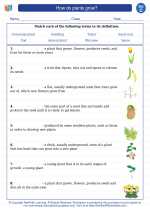What are Echinoderms?
Echinoderms are marine animals that are exclusively found in saltwater environments. They have a unique water vascular system that helps them with movement, feeding, and respiration. Echinoderms display radial symmetry, meaning their body parts are arranged around a central axis, similar to the spokes of a wheel. They also possess a spiny skin, which gives them their name (echino- meaning spiny, -derm meaning skin).
Types of Echinoderms
There are several major groups of echinoderms, including:
- Starfish (or sea stars): These creatures have multiple arms radiating from a central disc and are known for their ability to regenerate lost limbs.
- Sea Urchins: These spiny creatures have a spherical or flattened body enclosed in a shell of movable spines.
- Sand Dollars: Flattened, disk-shaped echinoderms that are often found on sandy ocean floors.
- Sea Cucumbers: Elongated, soft-bodied animals with a leathery skin and tentacles around their mouth.
Characteristics of Echinoderms
Key features of echinoderms include:
- Water Vascular System: A network of fluid-filled canals and tube feet used for locomotion and feeding.
- Regeneration: Many echinoderms have the ability to regenerate lost body parts, such as arms or spines.
- Endoskeleton: Echinoderms have an internal skeleton made of calcium carbonate plates, known as ossicles.
- Mouth and Anus: Most echinoderms have a separate mouth and anus, allowing for efficient processing of food.
Study Guide: Echinoderms
Here are some key points to remember about echinoderms:
- What is the defining characteristic of echinoderms?
- List three examples of echinoderms and describe their unique features.
- Explain the function of the water vascular system in echinoderms.
- How do echinoderms feed and what do they eat?
- Describe the process of regeneration in echinoderms.
Understanding echinoderms is not only fascinating but also provides insight into the diversity of life in the ocean. Their unique adaptations and behaviors make them an important part of marine ecosystems.
.◂Science Worksheets and Study Guides Third Grade. How do plants grow?
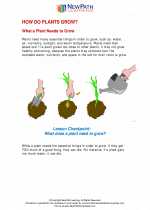
 Activity Lesson
Activity Lesson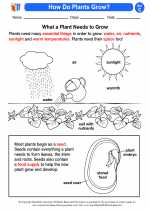
 Worksheet/Answer key
Worksheet/Answer key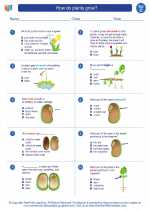
 Worksheet/Answer key
Worksheet/Answer key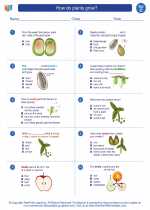
 Worksheet/Answer key
Worksheet/Answer key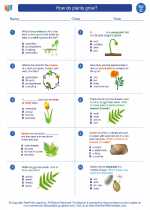
 Worksheet/Answer key
Worksheet/Answer key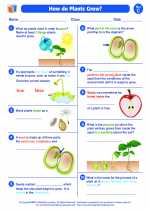
 Vocabulary/Answer key
Vocabulary/Answer key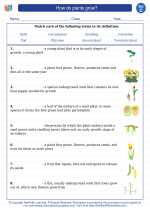
 Vocabulary/Answer key
Vocabulary/Answer key